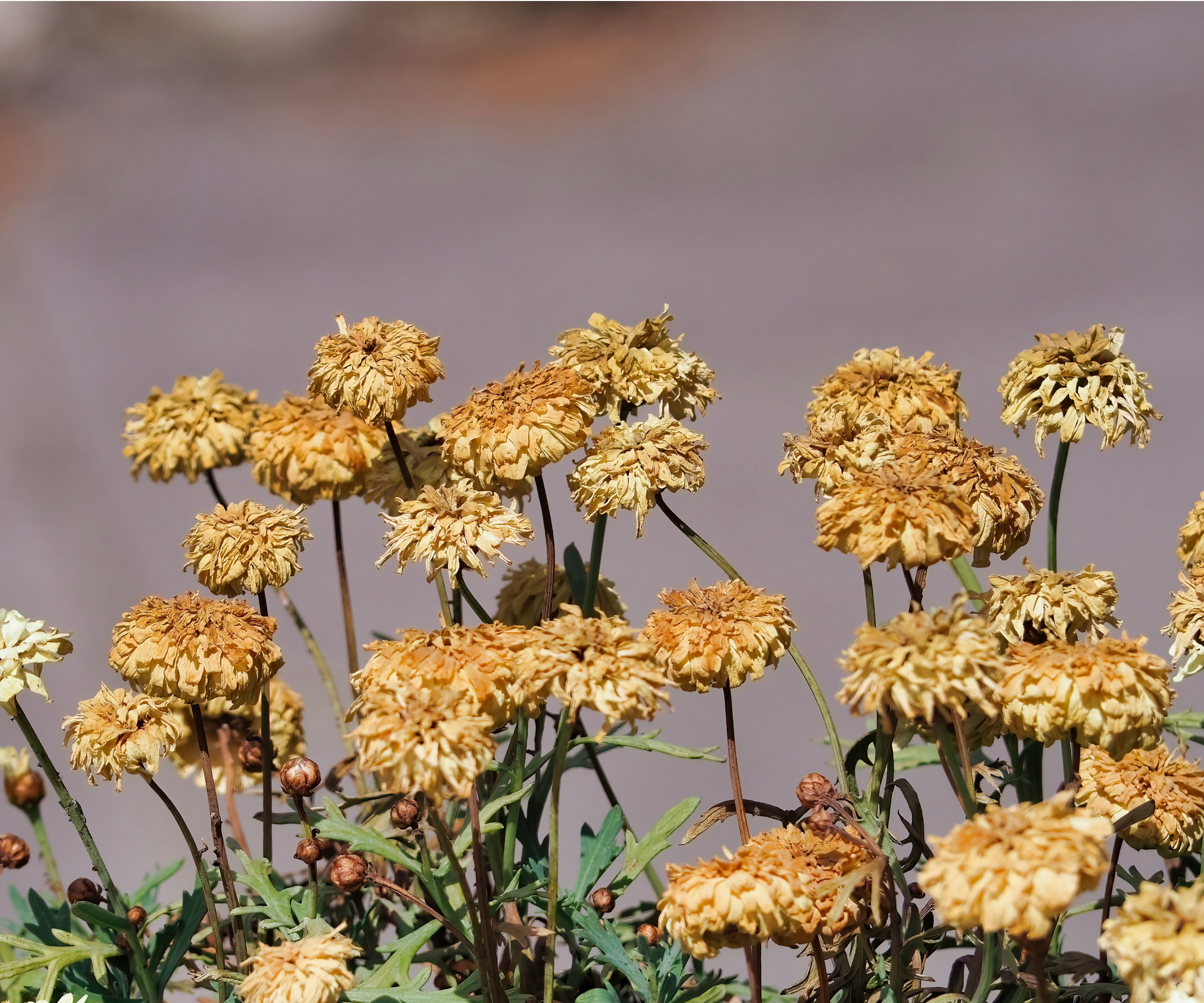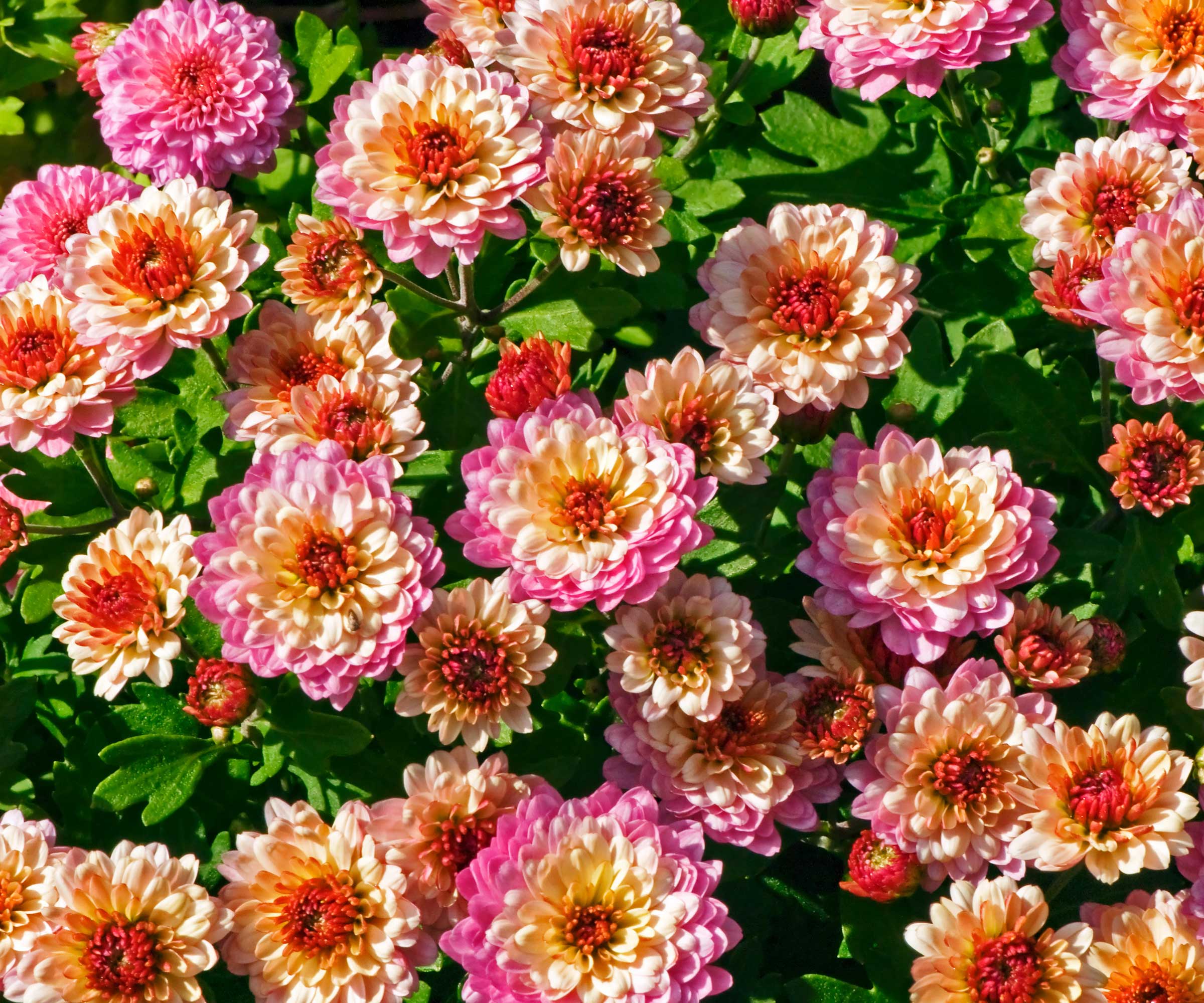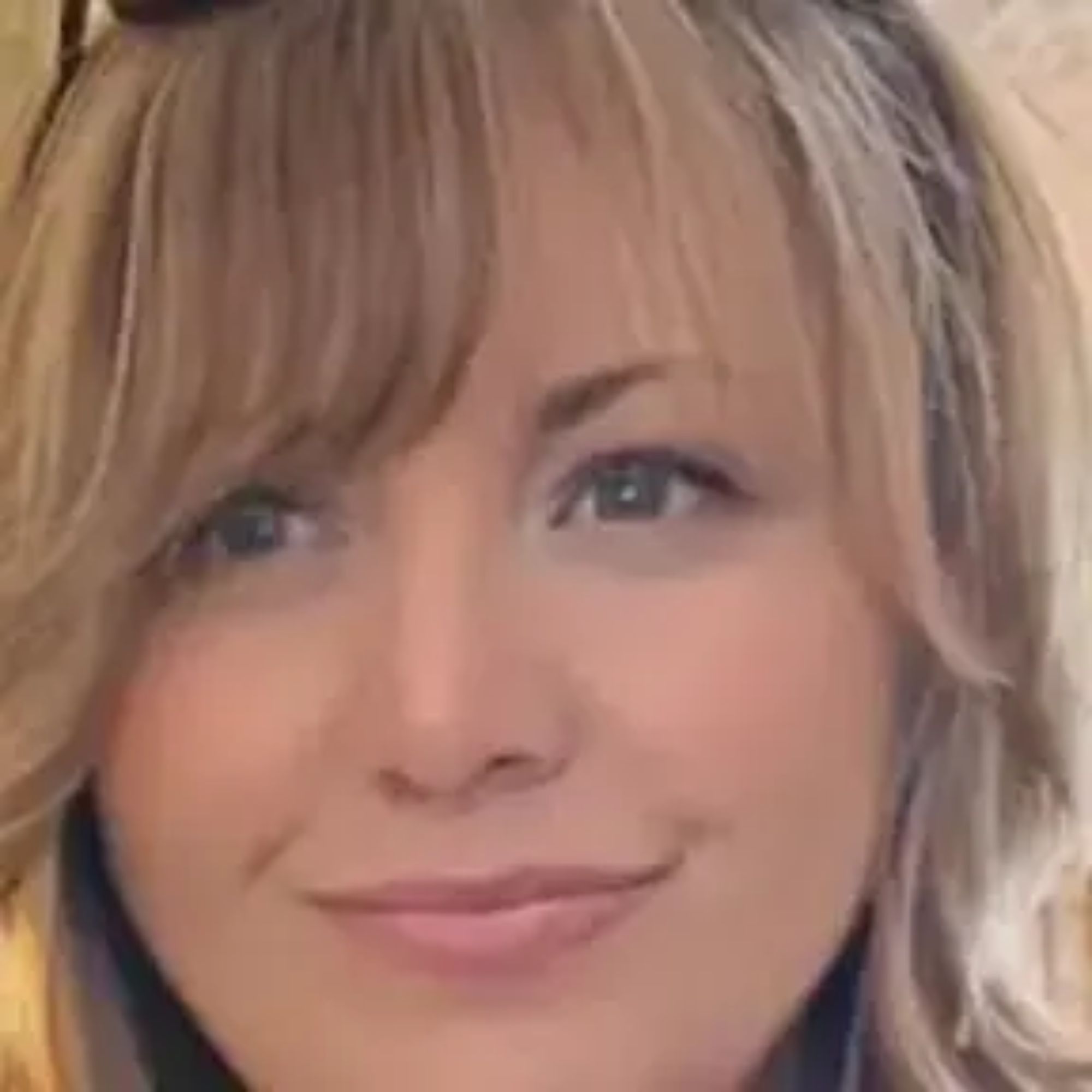Should you deadhead chrysanthemums in fall? Here's why it's a good idea to cut back these blooms before winter
Deadheading is a key task for many flowering plants and getting the timing right is vital for future growth


Knowing when and if to deadhead a flowering plant can sometimes be tricky to judge, especially if it's the first year you're growing that plant in your yard. Chrysanthemums are among the flowers you may struggle to determine when to cut back. This is especially true because of the time of year they bloom.
If you have these beautiful, compact flowers in your yard, you might have noticed that chrysanthemums last for different periods depending on when you grow them. This is because you can grow chrysanthemums in late-summer to early fall, as well as grow late-flowering mums which bloom through fall to winter. This might leave you feeling stumped as to whether deadheading is required for chrysanthemums in fall.
Here, we reveal all about deadheading chrysanthemums in fall with expert tips on how to cut back these perennials correctly.
Should you deadhead chrysanthemums in fall?

In short, yes. Fall is the right time of year to deadhead chrysanthemums. This is because these flowers will start to fade and die back towards the end of the season, before winter. Cutting them back at this time holds a lot of benefits for the future health of your perennials.
'Deadheading chrysanthemums in the fall will encourage new growth and help them survive the winter,' explains Tammy Sons, horticulturist and CEO of TN Nurseries.
Removing spent blooms redirects the plant's energy towards its roots rather than wasting energy on fading blooms. It also stops chrysanthemums going to seed and encourages new growth for the next season.
'Removing dead blooms also helps prevent disease,' notes Tammy. Not deadheading chrysanthemums can risk decomposing matter that attracts pests that can destroy plants and makes the plant susceptible to disease.
Design expertise in your inbox – from inspiring decorating ideas and beautiful celebrity homes to practical gardening advice and shopping round-ups.
This makes deadheading an important step in winterizing mums to get them through the coldest season.
Of course, you should wait until late fall to deadhead chrysanthemums if you're growing late-flowerers to ensure you can enjoy them for as long as possible. Signs its time to cut them back include wilting and browning blooms.
How to deadhead chrysanthemums

It's important to get deadheading right for each plant, so that you don't make any deadheading mistakes that could hinder their health. Luckily, it's fairly straightforward to deadhead chrysanthemums.
'You can remove spent blooms with clean garden shears. Cut back about two inches below the spent flower head,' advises Tammy. 'This will also hide the cut stem by the foliage for a more healthy-looking plant,' she notes.
Make sure to use sharp essential gardening tools for this job, like these bypass pruning shears from Amazon. Of course, there are a range of other essential pruning tools you can use, like these garden scissors from Amazon. Either way, sharpen your pruning shears before use if they have become blunt and aren't making as clean cuts as they once did.

Tammy Sons is a horticulture plant expert, garden writer, and educator. Tammy is the CEO and founder of TN Nursery, a thriving online plant nursery based in Altamont, Tennessee. She is also a prolific writer, sharing her knowledge through articles on various gardening topics, including plant care, sustainable landscaping, and the latest trends in horticulture.
FAQs
Do you need to overwinter chrysanthemums?
It's wise to prepare your chrysanthemums for the coldest season. Across US hardiness zone five to zone eight, chrysanthemums can tolerate colder temperatures and it isn't always essential to overwinter mums in containers.
However, it's good practice to cut them back after flowering and mulch them to insulate their roots. The best thing to do is check the specific requirements for the cultivar you're growing and act accordingly.
Deadheading chrysanthemums in fall will help these perennials get through winter and bloom again in the next season. When you see new shoots sprout in spring, take the opportunity to propagate chrysanthemums. This can be done either by division or by taking cuttings.

Tenielle is a Gardens Content Editor at Homes & Gardens. She holds a qualification in MA Magazine Journalism and has over six years of journalistic experience. Before coming to Homes & Gardens, Tenielle was in the editorial department at the Royal Horticultural Society and worked on The Garden magazine. As our in-house houseplant expert, Tenielle writes on a range of solutions to houseplant problems, as well as other 'how to' guides, inspiring garden projects, and the latest gardening news. When she isn't writing, Tenielle can be found propagating her ever-growing collection of indoor plants, helping others overcome common houseplant pests and diseases, volunteering at a local gardening club, and attending gardening workshops, like a composting masterclass.